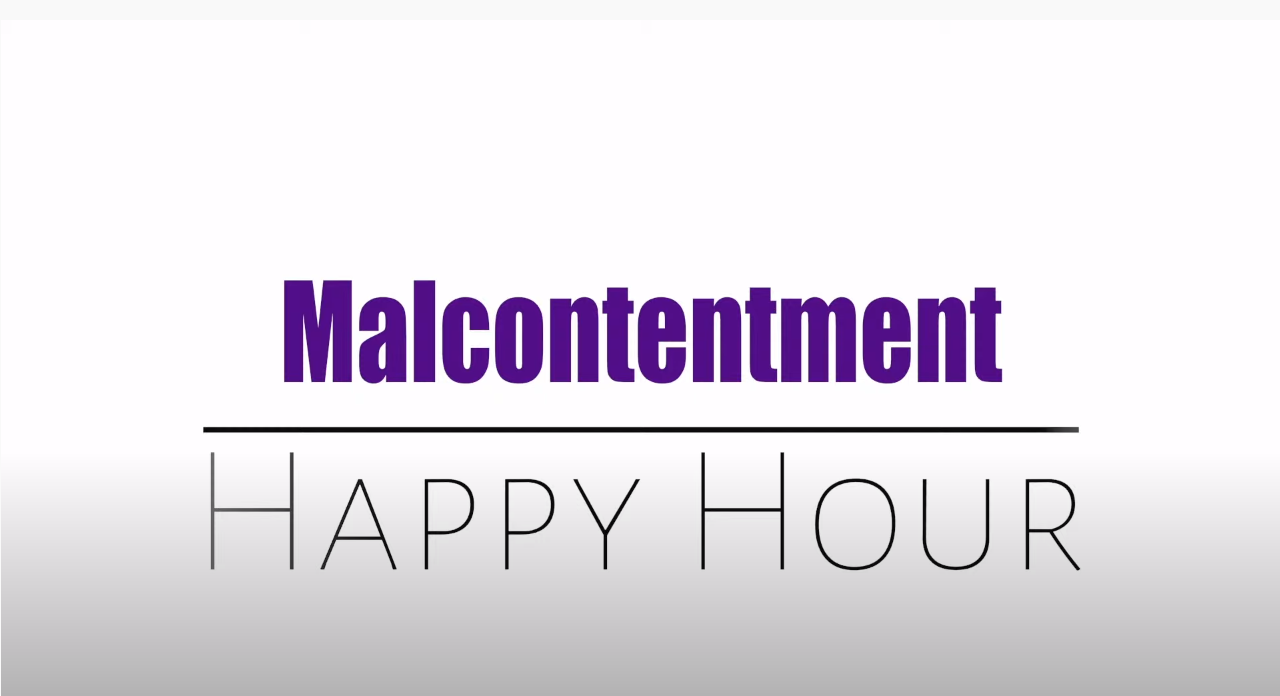Our live webcast from the former Seattle Anarchist Jurisdiction
Content Warning
Editor’s Note: This show contains multiple videos of events that some viewers may find disturbing including graphic violence. Viewer discretion is advised.
The show from April 28, 2021, featured David Obelcz and our co-host Jennifer Smith.
- Exodus from the Seattle Police Department continues
- All Fireworks Banned in King County Beginning in 2022
- Auburn Police Treat Road Rage Victim Like a Criminal Suspect
- King County Health Tells Business Leaders to Prepare for Phase 2 COVID Restrictions
- Was the Stabbing In Bothell and the Shooting in Rainier Beach Asian-bias Crimes?
- Malcontented Minuted – Police Edition
- Video shows Police seconds before the raid of Andrew Brown, Junior’s Home in Elizabeth City, North Carolina
- Video shows police officers fist-bumping and celebrating the injuries they caused to a 73-year old Alzheimer’s Patient
- Stephanie Bottom, 66, in brutalized by North Carolina police on body cam and is starting a federal lawsuit
- Virginia police officer misidentifies a cellphone as a gun and shoots Isaiah Brown 10 times
- Bodycam video of Anthony Alvarez being shot by Chicago Police shows him running away
- Two Hialeah, Florida Police officers have been arrested for writing fake traffic tickets
- Bodycam video released on April 28 shows Lymond Moses being shot by police after a pretext welfare check because he was sleeping in his car
- Tennessee police officer fired for high-fiving a suspect who used a racial slur during the arrest
- Bodycam video of Mario Gonzalez being arrested in Almeda, California shows officers restaining him for over 5 minutes before he dies in custody
- Prince Georges police officer arrested on multiple charges, including first-degree assault, after fellow officers turn him in for treatment of a Black teen suspect
- Colleen Echohawk on Native-American Women Leaders
